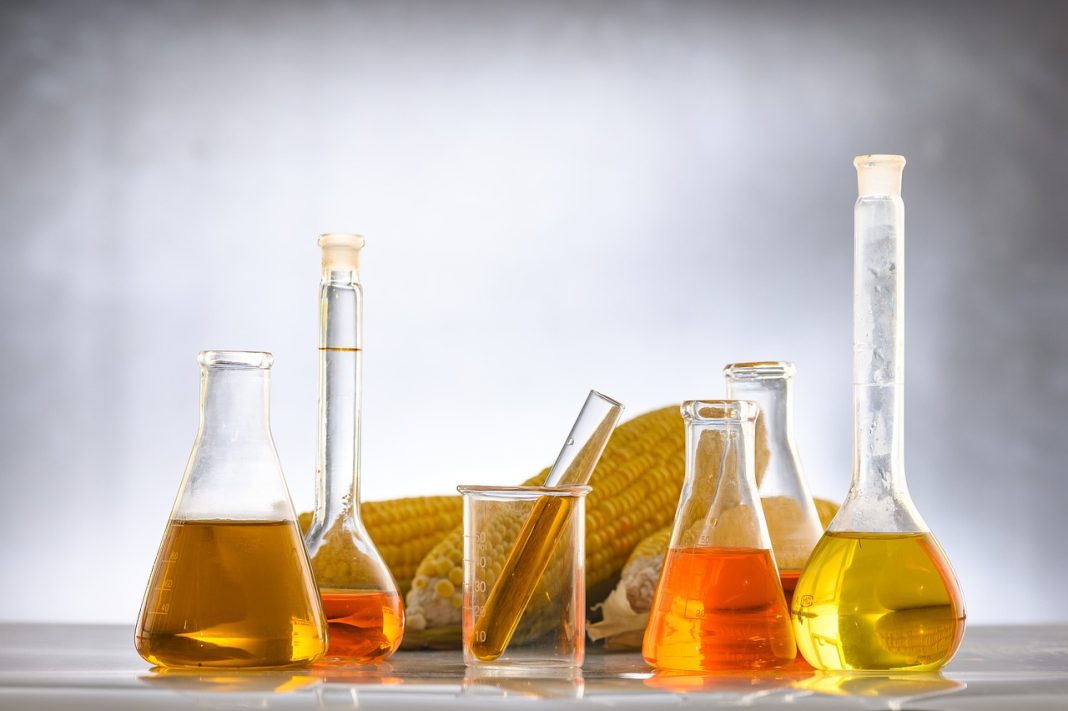Bioenergy: Transforming Organic Matter into Sustainable Energy
Bioenergy: Transforming Organic Matter into Sustainable Energy Greener Ideal


Sustainable Development Goals (SDGs) and Bioenergy
In the ever-evolving landscape of renewable energy, bioenergy stands out as a versatile and promising solution to our growing energy needs. Harnessing the power of organic matter, bioenergy offers a sustainable alternative to conventional fossil fuels, playing a pivotal role in the transition towards a greener and cleaner energy future.
Understanding Bioenergy

Bioenergy involves the conversion of organic materials into usable energy.
Biomass, the primary feedstock for bioenergy production, encompasses a wide range of organic materials, broadly classified into first-, second-, and third-generation biomass.
- First-generation biomass: agricultural residues such as crop stubble, sugarcane bagasse, and forestry waste like wood chips and sawdust.
- Second-generation biomass: non-food materials like woody plants, grasses, and agricultural waste that require advanced conversion technologies to extract energy.
- Third-generation biomass: algae and microalgae cultivation, holding immense potential for sustainable biofuel production.
The bioenergy production process typically involves harnessing the energy stored in biomass through various technologies, such as combustion, fermentation, and thermochemical conversion.
One of the key advantages of bioenergy lies in its ability to utilize a variety of feedstocks, making it a highly flexible and adaptable solution.
The Bioenergy Production Chain
The journey of bioenergy from raw organic matter to a usable energy source involves several stages, each requiring specialized technologies and processes.
- Feedstock Production: Cultivating or collecting biomass feedstocks, such as sugarcane, corn, or dedicated energy crops like switchgrass.
- Harvesting and Transportation: Efficiently harvesting and transporting biomass to the processing facility.
- Conversion: Transforming biomass into energy through combustion, anaerobic digestion, and thermochemical processes.
- Distribution and Utilization: Distributing and utilizing bioenergy for electricity generation, heating, and transportation.
Bioenergy Conversion Technologies

Bioenergy conversion involves thermochemical and biochemical processes.
Thermochemical conversion methods
Thermochemical conversion methods utilize heat and high temperatures to break down biomass into various energy carriers.
- Combustion: Burning biomass to generate heat and electricity.
- Gasification: Converting biomass into a combustible gas mixture called syngas.
- Pyrolysis: Heating biomass in the absence of oxygen to produce biochar, bio-oil, and gaseous products.
Biochemical conversion processes
Biochemical conversion processes rely on biological agents to break down biomass into valuable products.
- Fermentation: Converting sugars derived from biomass into ethanol.
- Anaerobic digestion: Breaking down organic matter without oxygen to produce biogas.
Advanced bioenergy conversion technologies, such as hydrothermal carbonization and algae-based biofuel production, are also gaining traction.
Environmental Benefits of Bioenergy
Bioenergy has the potential to reduce greenhouse gas emissions and mitigate climate change.
Bioenergy is considered carbon-neutral, as the carbon dioxide released during combustion is offset by the carbon absorbed during biomass growth. This closed carbon loop makes bioenergy an environmentally friendly alternative.
Bioenergy also plays a crucial role in waste management by repurposing organic waste materials for energy production, reducing the burden on landfills and lowering methane emissions.
Economic Benefits
Bioenergy contributes to job creation, energy independence, and rural development.
Job Creation:
Bioenergy development drives job creation across various sectors, including agriculture, manufacturing, construction, and research and development.
Energy Independence:
Bioenergy reduces reliance on imported fossil fuels, enhancing energy security and stability in regions facing energy shortages and geopolitical uncertainties.
Rural Development:
Bioenergy facilities in rural areas stimulate local economies, create employment opportunities, and improve infrastructure, reducing poverty and fostering sustainable development.
Challenges and Opportunities
Competition for land between food production and energy crops, impacts on biodiversity, and concerns about sustainable feedstock availability are critical challenges that need careful consideration.
Research and development efforts are underway to enhance the efficiency of bioenergy processes, explore advanced feedstock options, and promote sustainable land-use practices.
Global Initiatives and Policies

Governments and organizations worldwide are implementing policies and initiatives to encourage the development and adoption of bioenergy technologies.
International collaborations foster the exchange of knowledge and best practices in bioenergy production, contributing to global efforts to combat climate change.
Looking Ahead
Bioenergy stands as a promising alternative in the face of climate change and the need to reduce fossil fuel reliance.
With ongoing technological advancements, a commitment to sustainability, and a global focus on renewables, bioenergy is poised to power a cleaner and more sustainable future for future generations.

Join us, as fellow seekers of change, on a transformative journey at https://sdgtalks.ai/welcome, where you can become a member and actively contribute to shaping a brighter future.







